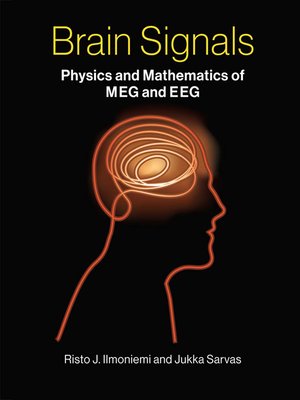
Sign up to save your library
With an OverDrive account, you can save your favorite libraries for at-a-glance information about availability. Find out more about OverDrive accounts.
Find this title in Libby, the library reading app by OverDrive.



Search for a digital library with this title
Title found at these libraries:
| Library Name | Distance |
|---|---|
| Loading... |
In Brain Signals, Risto Ilmoniemi and Jukka Sarvas present the basic physical and mathematical principles of magnetoencephalography (MEG) and electroencephalography (EEG), describing what kind of information is available in the neuroelectromagnetic field and how the measured MEG and EEG signals can be analyzed. Unlike most previous works on these topics, which have been collections of writings by different authors using different conventions, this book presents the material in a unified manner, providing the reader with a thorough understanding of basic principles and a firm basis for analyzing data generated by MEG and EEG.
The book first provides a brief introduction to brain states and the early history of EEG and MEG, describes the generation of electromagnetic fields by neuronal activity, and discusses the electromagnetic forward problem. The authors then turn to EEG and MEG analysis, offering a review of linear and matrix algebra and basic statistics needed for analysis of the data, and presenting several analysis methods: dipole fitting; the minimum norm estimate (MNE); beamforming; the multiple signal classification algorithm (MUSIC), including RAP-MUSIC with the RAP dilemma and TRAP-MUSIC, which removes the RAP dilemma; independent component analysis (ICA); and blind source separation (BSS) with joint diagonalization.







